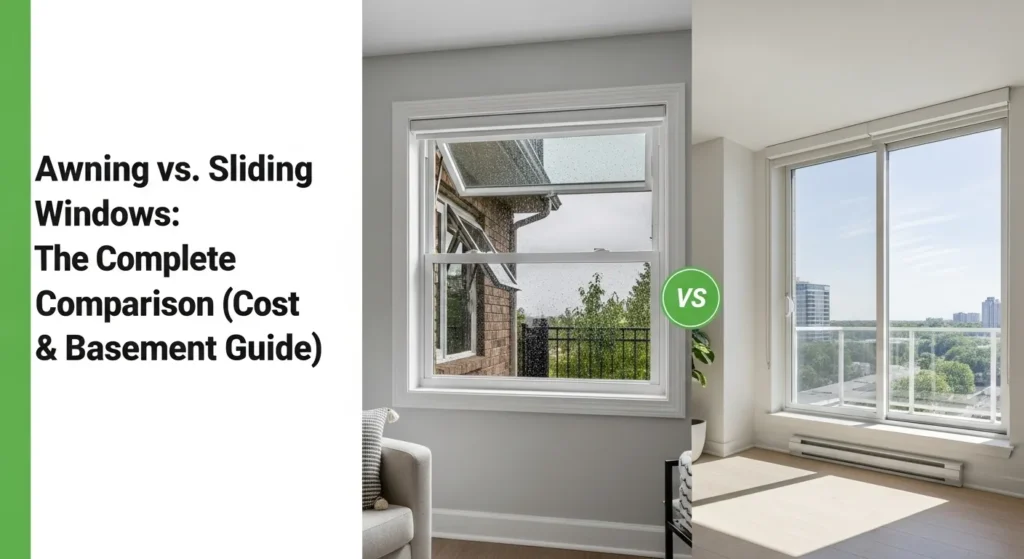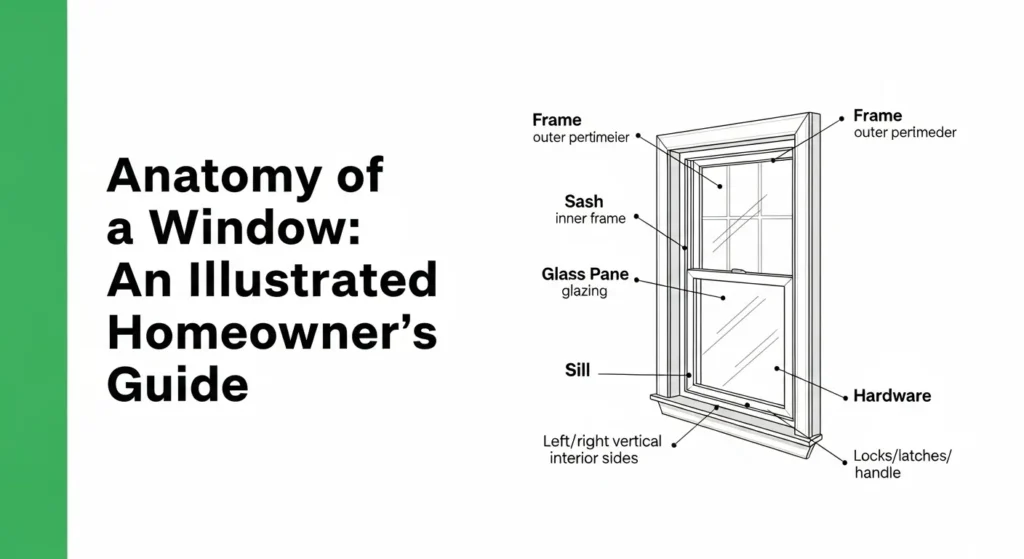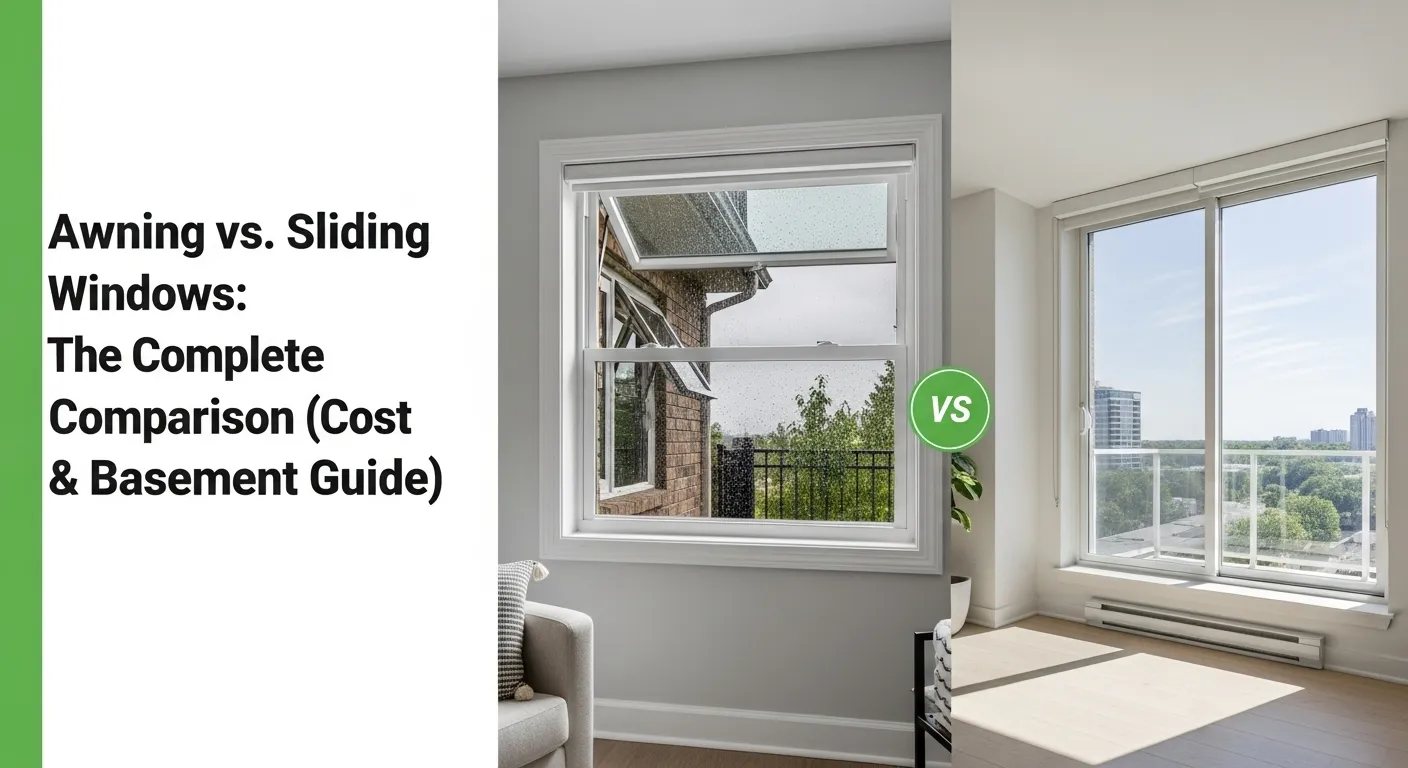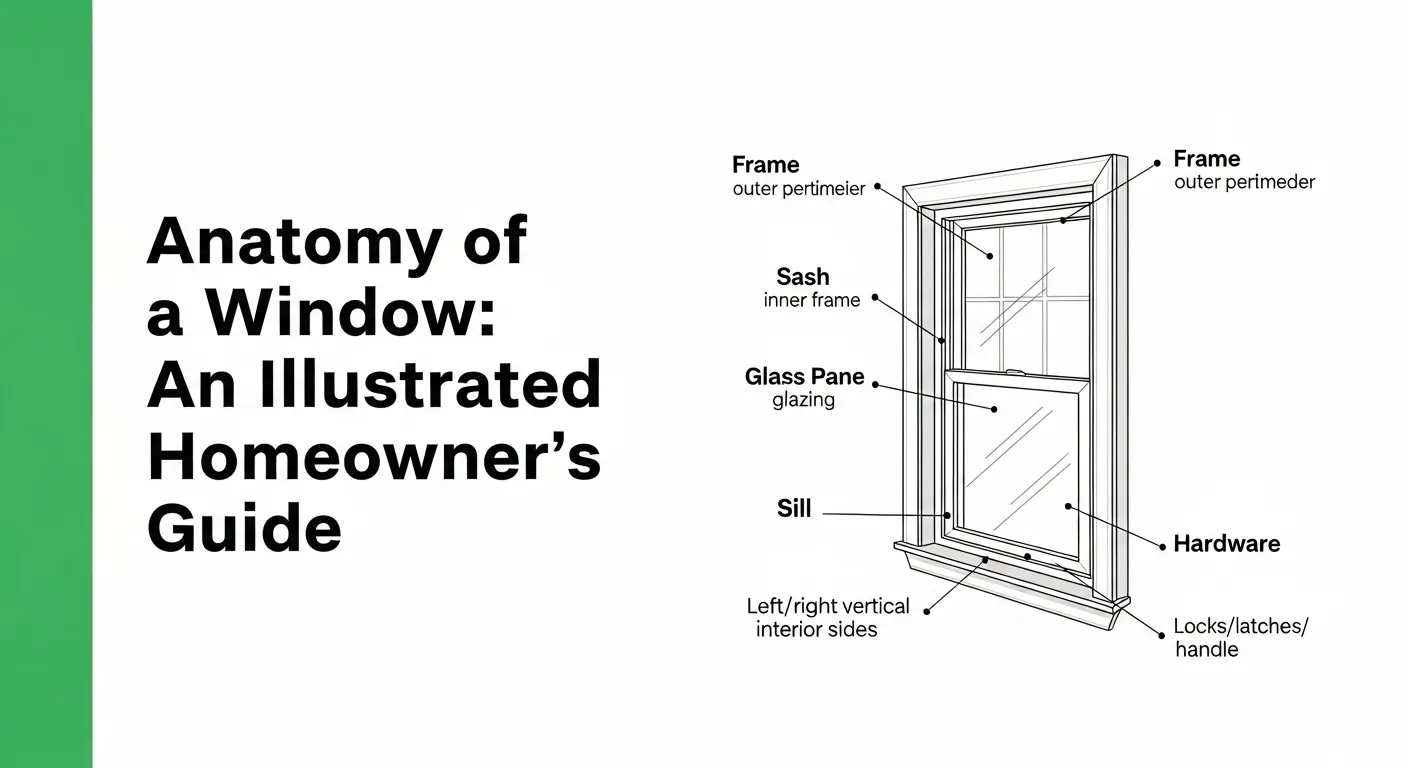A professional-looking paint job on vinyl isn’t about painting skill—it’s about meticulous preparation.
You’re asking the right question. Getting the prep work 100% right is the secret to a finish that lasts for years, not months.
This guide gives you a step-by-step, professional-grade process so your primer and paint achieve maximum adhesion.
What Tools and Materials Do You Need to Prepare Vinyl Windows?
Gather cleaning, sanding/masking, and safety essentials before you start. Preparation success depends on having the right kit within reach.
The Ultimate Preparation Checklist: Tools & Materials
- For Cleaning
- Stiff bristle brush (not wire)
- Bucket & sponges
- Cleaner: TSP substitute, 30/70 vinegar/water, or specialized PVC cleaner
- Clean, lint-free rags/microfiber
- Denatured alcohol (for the final wipe)
- For Sanding & Masking
- 220-grit sanding sponge or sandpaper
- Tack cloth
- High-quality painter’s tape (1.5 in recommended; FrogTape or 3M)
- Drop cloths or plastic sheeting
- For Safety
- Waterproof gloves
- Safety glasses
Pro tip: Stage all materials at the work area, and label a clean “final wipe” rag so it never touches cleaner or sanding dust until Step 3.
How Do You Perform the Deep Clean to Remove All Contaminants?
Scrub away dirt, chalky oxidation, mildew, and oils. Rinse thoroughly and verify cleanliness before moving on.

Choosing Your Cleaner: A Quick Comparison
| Cleaner | Best For | Pros | Cons |
|---|---|---|---|
| TSP Substitute | Heavy chalking & grime | Very powerful, effective | Requires thorough rinsing |
| 30/70 Vinegar/Water | Mildew & light dirt | Inexpensive, non-toxic | Less effective on heavy grime |
| Specialized PVC Cleaner | All-around use | Formulated specifically for vinyl | More expensive |
The Technique
- Mix your chosen cleaner per label (use gloves).
- Scrub frames with a stiff bristle brush, paying attention to horizontal ledges and corners where grime accumulates.
- Rinse with clean water until runoff is clear.
- Allow to dry fully before testing.
The “Test for Cleanliness”
- After drying, wipe a clean white cloth across the frame.
- If you see any chalky residue or dirt, repeat cleaning.
- Optional water-break test: Mist water on the surface. If it beads irregularly, oils may remain—re-clean.
Why Is Scuff Sanding Critical—and How Do You Do It Right?
Vinyl is non-porous. Light scuff sanding creates a microscopic texture (“mechanical tooth”) that bonding primer can lock onto.

The Technique
- Use a 220-grit sanding sponge for even contact on profiles.
- Apply light, even pressure—do not gouge.
- Visual target: replace glossy sheen with a uniform dull/matte finish.
- Vacuum or wipe dust, then use a tack cloth to remove all remaining particles (especially at edges and corners).
Pro tip: Avoid sanding gaskets, weatherstripping, and glass. Mask delicate areas first if needed.
What Is the Final Solvent Wipe—and Why Do Pros Never Skip It?
A 50/50 denatured alcohol/water wipe removes microscopic dust and oils left from handling or cleaners. It’s the last defense against adhesion failure.
The Technique
- Dampen a clean, lint-free cloth with a 50/50 mix of denatured alcohol and water.
- Wipe every surface that will be primed/painted.
- Allow 5–10 minutes to air-dry (alcohol flashes off quickly).
- Do not touch the surface with bare hands afterward.
Safety note: Ensure good ventilation and keep away from ignition sources.
How Do You Mask for Razor-Sharp, Professional Lines?
Quality tape, long continuous runs, and firm edge sealing prevent bleed-through—critical because paint lines on vinyl are highly visible.
Pro Masking Tips
- Use high-quality tape: FrogTape or 3M Platinum.
- Run tape in long, continuous strips to minimize seams.
- Burnish the tape edge with a flexible putty knife to seal against bleed.
- Protect surroundings with drop cloths/plastic; cover glass, gaskets, hardware, and adjacent siding.
- Plan removal timing: Most tapes remove cleanly within a few days; don’t leave them in sun/rain for extended periods.
What Preparation Mistakes Should You Avoid?
Avoid water intrusion, surface damage, contamination, and weak masking—these cause most adhesion and edge defects.

- Mistake #1: Using a pressure washer. It can force water into frames and behind siding; it risks trapping moisture under paint.
- Mistake #2: Oversanding or using coarse grits. Deep scratches telegraph through the finish and are difficult to hide. Stick with 220-grit.
- Mistake #3: Skipping the final wipe-down. Invisible oils and residues are a top cause of early peeling.
- Mistake #4: Using old or low-quality tape. Using old or low-quality tape can result in edge bleed or gummy residue, so always opt for fresh, pro-grade tape.
Conclusion: Your Windows Are Ready for Primer
Mantra to remember: Clean → Scuff → Wipe → Mask.
By following these steps, you’ve completed the hardest part and created the ideal foundation for a durable, peel-resistant finish.
Next steps: With your windows perfectly prepped, choose materials built for vinyl. Read The Best Paint for Vinyl Windows (2025 Expert Review) to select a bonding primer and topcoat system suited to your climate and budget.
- Painting: Can you paint vinyl windows? See risks and rules
- Maintenance: How to Cleaning and Maintaining Vinyl Windows
- Cleaning: How to Clean Oxidized or Yellowing Vinyl Window Frames
- Replace: Replacing UPVC Window Glass & Parts
- When you’re ready to paint: How to Paint Exterior Vinyl Windows for a Lasting Finish
- Go bold safely: How to Paint White Vinyl Windows Black










